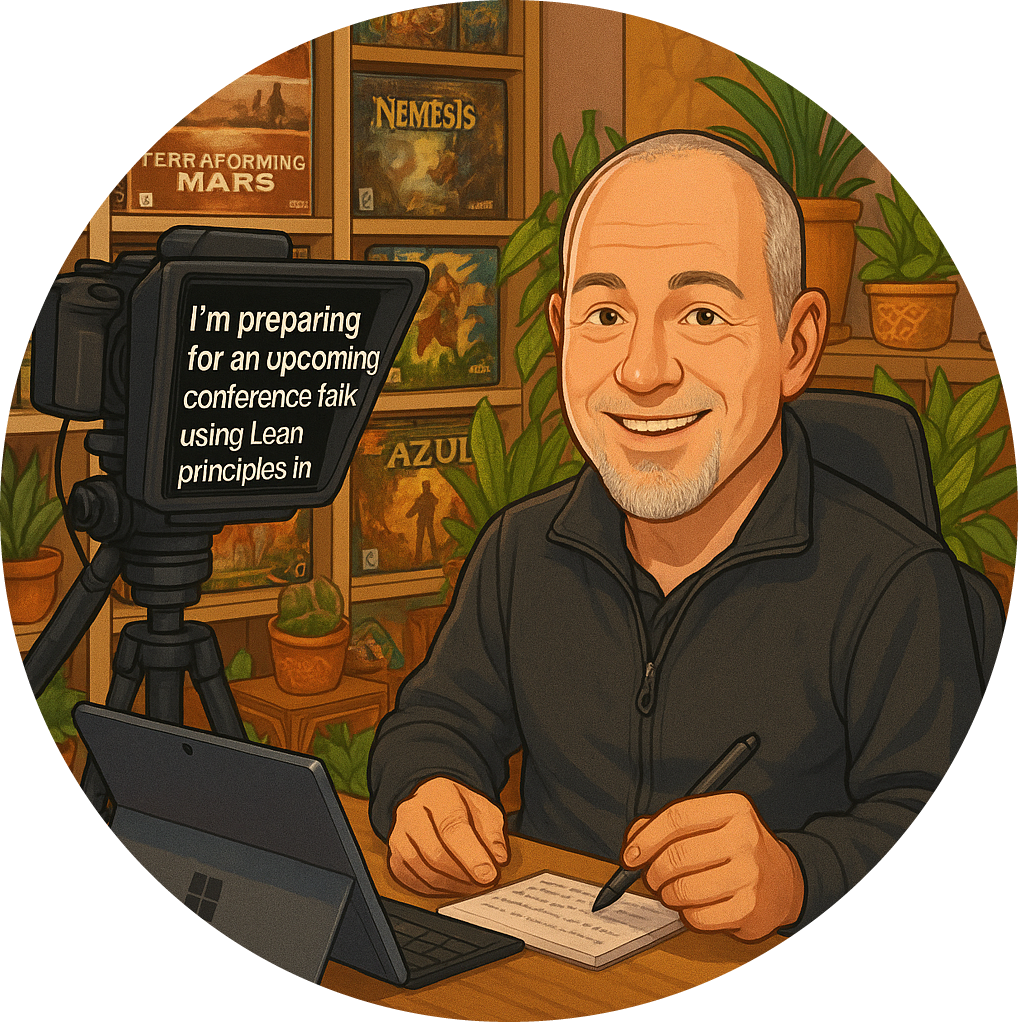When it comes to Agile transformation , one of the most crucial aspects often overlooked is the shared understanding of the product vision and strategic goals within the team. It’s not enough to have a beautifully crafted vision statement or a set of strategic goals pinned to the office wall; every team member needs to internalize these concepts and understand how their daily work contributes to achieving them. This understanding forms the foundation of true agility within an organization.
The Second Agile Litmus Test: Is Your Product Vision Truly Understood?
The second question that we should be asking leadership in any Agile organization is simple yet profound: Is there a product vision that lays out the strategic goals, and do all members of the team understand both of those things? More importantly, are they able to see how their everyday work contributes to these overarching objectives?
In my experience working with various organizations, this understanding is often lacking. Surprisingly, even in companies that have a clear product vision and strategic goals, these are not always effectively communicated to the people actually doing the work. This disconnect can be more detrimental than the absence of a usable working product.
The Test: Do Your Team Members Know the Vision?
Here’s a straightforward test: go to any team member in your organization and ask them:
What is the strategic goal of our business?
What is the vision for our product?
How does your daily work contribute to these goals?
If they can’t articulate these clearly, then the vision doesn’t truly exist in your organization. It might be on paper, but if people haven’t internalized it, it’s as good as non-existent.
💡 Pro Tip: Regularly check in with your teams to ensure they not only know the vision but also understand how their work aligns with it. This practice can uncover gaps in communication and alignment early on.
Why Shared Understanding is Crucial
Shared understanding isn’t just about everyone being on the same page; it’s about enabling better decision-making, fostering collaboration, and maximizing the value created for your customers.
The Impact on Decision-Making
Consider the countless micro-decisions your team members make every day. Whether it’s a software engineer deciding on an architecture, a marketer crafting a campaign, or a tester planning their approach, these decisions are made within the context of what they understand about the product vision and goals.
However, if this context isn’t clear or fully understood, the decisions they make might not align with the broader objectives. This misalignment can lead to:
Wasted efforts on tasks that don’t contribute to the overall goals.
Decisions that conflict with the product’s strategic direction.
A decrease in the overall value delivered to customers.
By ensuring that every team member understands the product vision and strategic goals, you empower them to make better decisions, decisions that are more likely to move the needle in the right direction.
Collaboration and Value Creation
When team members understand the vision and goals, they are more likely to collaborate effectively. They know why they’re doing what they’re doing and can see how their work fits into the bigger picture. This clarity fosters camaraderie and a sense of shared purpose, which are essential for any high-performing Agile team.
On the flip side, when this understanding is absent, teams may start to work in silos, pulling the organization in different directions. This disjointed effort can lead to wasted resources and a significant reduction in the value delivered to customers.
💡 Pro Tip: Foster a culture where the product vision and goals are regularly communicated and discussed. Use tools like interactive whiteboards or team workshops to visualize how different tasks contribute to the overall strategy.
The Importance of Communicating Vision and Goals
So, how can you ensure that your team is aligned with the product vision and strategic goals? Here are some practical strategies:
1. Regular Communication
Vision Workshops: Hold regular workshops where the product vision and strategic goals are discussed in detail. Encourage team members to ask questions and express their understanding of these concepts.
Daily Stand-Ups: Use daily stand-ups to remind the team of how their current tasks align with the product vision and goals.
2. Visual Reminders
Visual Roadmaps: Create visual roadmaps that clearly outline the product vision, strategic goals, and how various tasks and projects contribute to these. Place these roadmaps in visible areas in your workspace.
Digital Dashboards: Utilize digital tools and dashboards that update in real-time to show progress towards strategic goals, helping teams stay aligned.
3. Leadership Involvement
Leadership Q&A Sessions: Encourage leaders to engage with teams regularly, answering questions and providing clarity on how their work fits into the broader picture.
Feedback Loops: Establish feedback loops where team members can voice their understanding (or lack thereof) of the product vision and goals, allowing leadership to address any gaps.
The Agile Litmus Test: Are You Truly Agile?
The concept of an Agile Litmus Test, as dreamed up by the US Department of Defense, serves as a valuable tool for self-reflection within your organization. It’s not about checking boxes or adhering to a rigid set of rules; it’s about genuinely assessing whether your practices align with Agile principles.
The Six Questions
To truly gauge your organization’s agility, consider the following six questions:
Is there a clear product vision and strategic goals?
Do all team members understand these goals?
Can they articulate how their work contributes to these goals?
Is there a culture of continuous improvement ?
Do teams collaborate effectively towards common objectives?
Are decisions made at every level aligned with the strategic goals?
If the answer to any of these questions is “no,” then your organization might still be working towards true agility. And that’s okay. The key is to acknowledge where you are and make concerted efforts to bridge the gaps.
💡 Pro Tip: Use these questions as a regular check-in during retrospectives to assess your team’s alignment with Agile principles and make adjustments as needed.
Conclusion: Aligning Vision, Goals, and Daily Work
In the end, Agile isn’t just a set of practices or a methodology, it’s a mindset. And central to this mindset is the alignment of vision, goals, and daily work. By ensuring that every team member understands and internalizes the product vision and strategic goals, you set the stage for better decision-making, stronger collaboration, and ultimately, greater value creation for your customers.
Remember, it’s not just about having a vision, it’s about living it every day, in every decision, and in every action your team takes. That’s the true essence of agility. 🚀 Take Action: Start today by asking your team the tough questions. Do they know the vision? Do they understand the goals? And do they see how their work contributes to the bigger picture? If not, it’s time to bridge that gap and unlock the full potential of Agile within your organization.



























